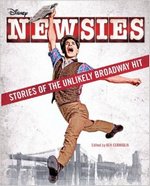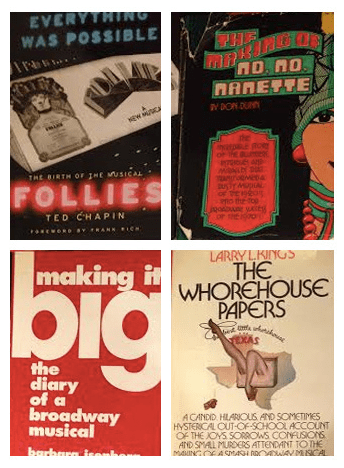Originally published on It’s delightful, it’s delicious, it’s dlevy!
I’ve started reading Vagina by Naomi Wolf.
Toward the end of her introduction, she offers something of an apology for her handling of the book’s subject matter entirely from a heterosexual point of view. She suggests that it was not a matter of heterosexism (although she doesn’t use that term) as much as it was an acknowledgement that lesbian and bisexual women’s experience of their vaginas (in general) and sex (in particular) merit their own handling rather than being lumped together under one rubric.
I understand what she’s saying here, but I’m not sure if the argument that by lumping them together, lesbian and bisexual women’s experiences would necessarily become the afterthought is accurate. They become the afterthought because the author privileges the heterosexual experience. Is lesbian and bisexual experience of body and sex and sexuality so different that the book would balloon beyond a reasonable scope should they be included? I’m certainly not the one to say.
But even if you accept her argument, I’m not sure that it should give her the free pass to write the rest of the book as though lesbian and bisexual women certainly don’t exist. I am fairly certain that a responsible author can cordon off a section of the topic as out of scope without pretending it doesn’t exist. The heterosexism of the language is incredibly off-putting for me, and the apology in the introduction intensifies my feelings rather than mollifying them.
Wolf’s complete erasure of transgender people (who, surely, have a lot to add to a conversation about vaginas) is further troubling, since she doesn’t even acknowledge their existence. I can absolutely understand why the myriad was vaginas and embodiment in general for transgender people—those of various genders who have vaginas as well as transgender women who don’t have vaginas—interrogate, challenge, and threaten Wolf’s hypotheses. But simply writing them out of existence without so much as a half-assed apology makes me angry, and it makes it difficult for me to read the rest of the book without their absence informing my reading.
I am not the target audience of this book by any measure. I’m only a few chapters in, and it’s already clear that this book is written for the same audience that made Eve Ensler’s The Vagina Monologues a hit. Things that I take for granted as obvious parts of the human experience (e.g. “Women’s bodies are different from each other, so one woman’s experience of her own vagina might not match another woman’s experience of her own vagina.”) are presented as great revelations. Maybe there are a great deal of women in America who just assume that their own experience of, well, anything, can automatically be generalized to all women everywhere ever. But I thought by 2012 we had all moved past that.
There a lot of book left to devour, so stay tuned for further updates. After the first page or two I tweeted that it’s hard to read this book without live-tweeting the experience, and I wasn’t kidding. Whether I’m frustrated or intrigued, this is the kind of book that calls out for the reader to say to anyone who will listen, “would you believe this?!” And isn’t that what Tumblr’s best at anyway?
 In Passion, Fosca sings, “If you have no expectations, you can never have a disappointment.” These are wise words to bring with you to Ethan Mordden’s latest book, On Sondheim: An Opinionated Guide. Judging by its title, you might expect the book to provide a complete listing of Sondheim’s output with the author’s assessments of same, but it is oddly inadequate as both opinion and guide. The book immediately shirks its guide obligations by referring readers on the very first page to SondheimGuide.com (without a mention of Michael H. Hutchins, the man responsible for putting it together). It falls short in the opinion arena as well, offering far fewer than the title implies and hardly any that might register as controversial. And yet, taken on its own terms it offers pleasures for both the Sondheim expert and newbie alike.
In Passion, Fosca sings, “If you have no expectations, you can never have a disappointment.” These are wise words to bring with you to Ethan Mordden’s latest book, On Sondheim: An Opinionated Guide. Judging by its title, you might expect the book to provide a complete listing of Sondheim’s output with the author’s assessments of same, but it is oddly inadequate as both opinion and guide. The book immediately shirks its guide obligations by referring readers on the very first page to SondheimGuide.com (without a mention of Michael H. Hutchins, the man responsible for putting it together). It falls short in the opinion arena as well, offering far fewer than the title implies and hardly any that might register as controversial. And yet, taken on its own terms it offers pleasures for both the Sondheim expert and newbie alike.





